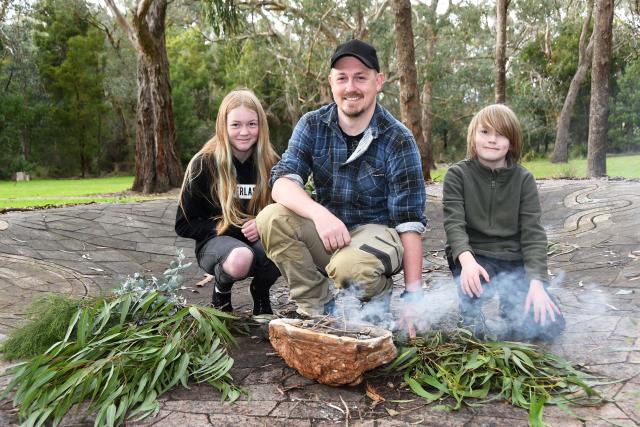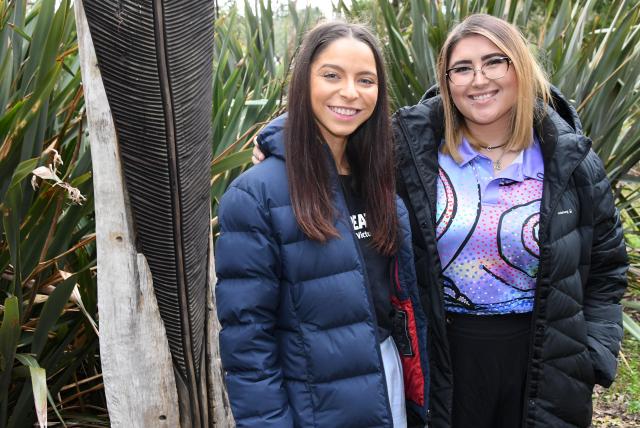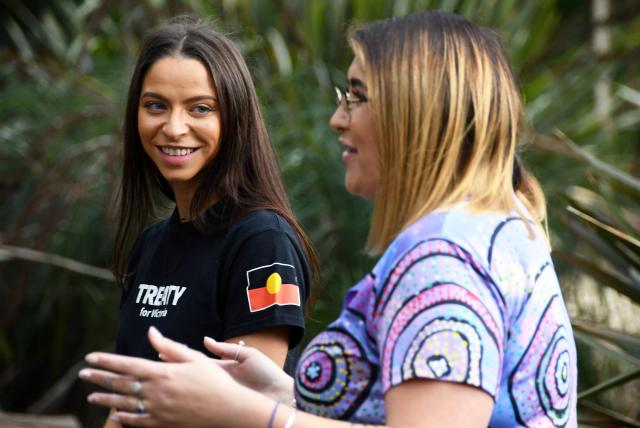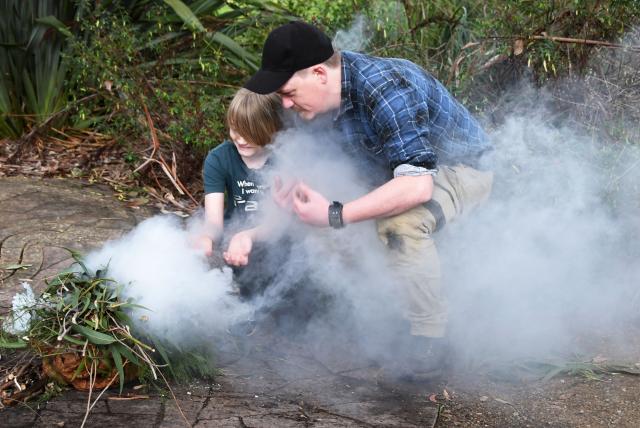
By Renee Wood
The community has come together to acknowledge and mark the starting of National Reconciliation Week, on National Sorry Day Thursday 26 May by joining a live streamed event arranged by the Yarra Ranges Council and supported by Oonah Belonging Place.
‘Our Country, Our Future, Our Shared Responsibility’ was the key motto of the event and shared how both indigenous and non-indigenous people can come together to take action for reconciliation, which supports healing for all.
Wurundjeri woman Chenile Chandler began the day with a call to country performance, while Worimi, Biripi woman Nikki Madgwick, a Oonah Health and Community Services Aboriginal Coordinator, acknowledged country through Auslan.
The proceedings included touching performances, insightful interviews and highlighted locally based initiatives that are helping to strengthen and heal country for reconciliation.
Wurundjeri woman Brooke Wandin led the service with a welcome to country, sharing the importance of why we need to give respect and obey the language and land.
Ms Wandin reflected on how language can be emotional and transformative, highlighting how action can be taken through the National Reconciliation Week theme.
“Be brave, make change – what can that look like? It can be maybe re-writing your acknowledgement of country, it could be attending just that one extra wonderful event this week, perhaps you’re brave enough to face the truth of the missionary era. Perhaps you want to go see a film like Higher Ground or more recently The Drover’s Wife,” Ms Wandin said.
Wurundjeri man Darren Wandin conducted the smoking ceremony at Oonah Meeting Place Garden, explaining the two key elements – an invitation and medicine.
“The medicine I’d like to provide to you today is one that will allow you to feel comfortable in the space that you are in and essentially feel safe that you’re here to enjoy the day and to let all those worries go from all those other commitments we have in life, just be part of the day and be present,” Mr Wandin said.
Mr Wandin also payed his respects to elders past and present.
“Without our ancestors we wouldn’t be here where we are today and it’s their journey that put us where we are today and I want us to take a chance to reflect on that and appreciate that journey that’s happened and respect that as we move forward in our lives.”
Larrikia man Ash Dargan, former member of the band Coloured Stone, was the first to perform, highlighting an important decade for reconciliation in the 1990s.
The recording artist and didgeridoo player shared his own personal experience during this time when the movement of reconciliation was awakening.
This was ignited by the seminal report of aboriginal deaths in custody that was released in 1991, which saw the federal government form the Council of Aboriginal Reconciliation.
“It gave them a 10 year charter to forward a report and reconcile Australia’s history, that is with First Nations Australians,” Mr Dargan said.
Mr Dargan was living in Queensland at the time and shared how changes to the adoption act allowed himself and many others to gain information about their families for the first time.”
“In these 10 years when reconciliation became a movement, it gave us a compass to moving forward to start healing – because for 1000s and 1000s stolen mob we were starting to make our way home.
Mr Dargan performed on the didgeridoo a song called ‘Many Voices’ representative of the spirit of reconciliation waking up in Australia.
“That’s the spirit of the Aboriginal people whose voice until that time had not been heard in that particular way and it was getting stronger and it was saying hey shine the light here and have a look at what’s been going on – let’s start to make things right so that voice of reconciliation just a seed started to grow.”
The ‘Walk for Reconciliation’ in 1995 which saw thousands of people march across the country was another pivotal point for healing in the 1990s.
“These are some of the experiences of the early times of those formative ten years and I hope that each and every one of you make the next ten years even more special and create more opportunities for continued healing of the aboriginal people that are making their way home but also for the healing of this soul of this country that we now share – that is the spirit of reconciliation,” he said.
Another important part of the live event was sharing council’s path for reconciliation and healing by embracing the Firesticks Alliance Indigenous Corporation which aims to re-invigorate, heal and educate communities through the use of cultural burning.
Mayor Jim Child said he believes it’s the most valuable tool to have at the moment for the reconciliation journey because we can all take part in it.
“The event today will provide insights into how we can all embrace the ancient wisdom of our land – look at our future and ignite a shared responsibility.. our country, our future, our shared responsibility,” Cr Jim Child said.
A video was shown of a previous gathering in Dixon’s Creek which included Darren Wandin, who’s been Firestick Alliance Officer for the past twelve months.
He was joined by Leeton Lee, South East Queensland Firesticks co-ordinator and Victor Steffensen, indigenous fire practitioner.
Darren Wandin said the small burns that aren’t encouraged and are allowed to burn out and stop naturally. The burns are of ‘cool’ fires that produce white smoke and aren’t destructive to the soil.
“With agency burns they look at a place and say we want 100 per cent coverage we want to burn the whole lot – that’s too much… It’s too much in one go so we allow the fires to spread out and do their small burns let it do its thing and that’s part of country telling us what it needs to do to make itself feel better,” Mr Wandin said.
Mr Steffensen said it’s a practice that listens to country and teaches people how to read the landscape and language to know how to promote healing.
“There is a language in the land and that language is coming from the country which is alive and talking to us all the time and when you see the land like this then it reflects who we are it’s a reflection of yourself,” Mr Steffensen said.
“When we see the land with no food and all leaf and we see all the thickness in the country and all sick and weedy that reflects us as society as people, so the country’s always talking to us and once we get a healthy landscape our society is going to be amazing.
“It’s amazing what it does for people who have problems that can help solve and the loss of identity, so this is so important for aboriginal people and it’s so important for all people.”
Oonah Belonging Place played a significant role in delivering the event, which in 2022 has doubled its workforce to deliver a range of programs, services and support for a holistic model of care.
It’s a space for connecting, learning and healing for ingenious and non-indigenous community to come together for reconciliation.
Oonah Coordinator Nikki Madgwick was one of the MCs for the event and shared the history of Oonah which was first known as Healesville Indigenous Community Services Association (HICSA).
The service is underpinned by a deep connection to aboriginal culture and has a vision to become a dedicated aboriginal community controlled health organisation in the east of Melbourne.
Ms Madgwick asked for support and funding contributions to see this vision come true, to continue to heal body, spirit and culture locally.
“We want to deliver high quality health care from a holistic approach addressing those gaps between non indigenous and indigenous peoples – we want to look at how we can provide healthcare services, specialists services, programs, activities and events that help to heal spirit body and connection to culture.”











